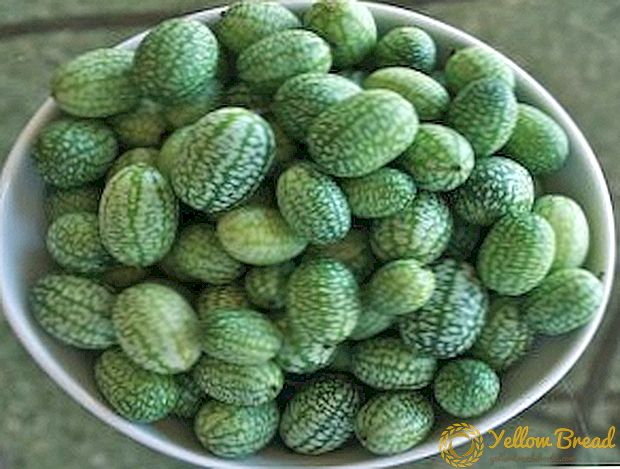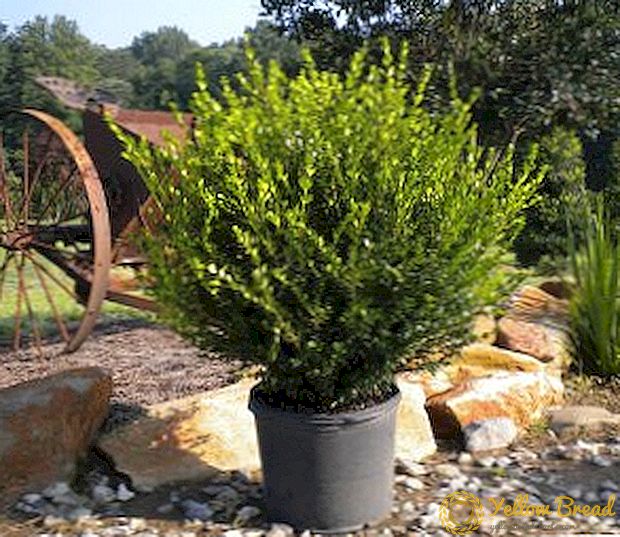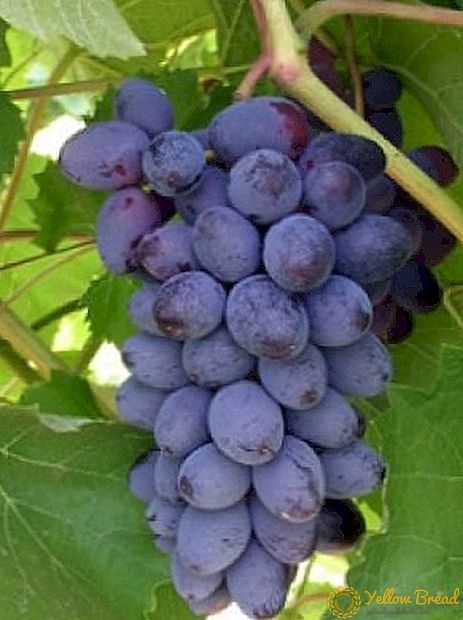 Late blight (or brown rot) is the most common disease of vegetable crops, including potatoes. The causative agent of the disease is fungus. In this article you will learn the causes of late blight of potatoes and the existing control measures used in this disease.
Late blight (or brown rot) is the most common disease of vegetable crops, including potatoes. The causative agent of the disease is fungus. In this article you will learn the causes of late blight of potatoes and the existing control measures used in this disease.
- Causes of late blight potatoes
- Signs of illness
- Prophylactic methods of late blight
- Potato processing for the prevention and control of late blight
Causes of late blight potatoes
The main reason for the development of late blight of potatoes is associated with a pathogen called oomycetewhich refers to lower fungi. The disease caused by him develops rapidly, since the incubation period of the parasite is from 3 to 15 days.
The main sources of the disease are residues of vegetables and soil, which were previously infected with fungal spores.
The optimum temperature for the development of the disease reaches 25 ° C, and the humidity of the air is 90%.  Most often the disease spreads when planting vegetables in a large-scale territory. However, such a potato variety, as the "Anniversary of Zhukov", has a high resistance to late blight.
Most often the disease spreads when planting vegetables in a large-scale territory. However, such a potato variety, as the "Anniversary of Zhukov", has a high resistance to late blight.
Signs of illness
Main first signs diseases are considered:
- dark spots on the leaves;
- brown spots on the stems;
- white bloom on the underside of the sheet.
If you notice these symptoms in time, you can have time to save new potatoes with the help of special preparations for late blight.
In the second stage of the disease, that is, after a few days, the leaves begin to curl and dry out, and hard spots appear on the tubers.
At the last stage, the plant either dies or loses its presentation or taste, or becomes unsuitable for transportation, processing and storage. 
Prophylactic methods of late blight
Even if you think that your garden is sufficiently protected, it is better to protect yourself and ensure the protection of potatoes and other vegetable crops from late blight.
Preventive measures are applied directly. before landing. This means that you need to provide healthy planting material and choose resistant varieties.
It is also necessary to remove leftovers from the old landing site, since the old earth is the source of the disease. Be sure to support crop rotation to avoid problems with future roots.
Some gardeners are advised to harvest early, best in rainy weather. The collected fruits are then recommended to be placed in a dry place so that they ripen.  Do not plant vegetable crops too close to each other. Due to this, the disease develops much faster. Better to stick with a certain distances between vegetable crops. And also apply hilling to protect the tubers from damage.
Do not plant vegetable crops too close to each other. Due to this, the disease develops much faster. Better to stick with a certain distances between vegetable crops. And also apply hilling to protect the tubers from damage.
When fertilizing plants, the use of nitrogen fertilizer should not be abused, as this increases the yield, but still increases the level of infection. Instead of nitrogen, it is better to use potassium or copper.
Spraying also represents a good protection option.Such processing of potato from late blight is used quite often, and protection schemes can be varied: you can use milk, garlic tincture, Trichopol, iodine, a weak solution of copper sulfate or tincture on superphosphate.
Dairy products create a protective film on the leaves, which prevents infection, and iodine, superphosphate and vitriol mixed with potassium fertilizer provide not only protection, but also foliar feeding.
Potato processing for the prevention and control of late blight
There are many remedies for late blight of potatoes, which are used when the fungus infects most of the vegetable crop.
Many are trying to protect themselves by selecting the right healthy tubers for planting and timely hilling root crops. However, this is not always effective.
In this case, first you need to spray the tops with systemic fungicide.
For spraying use one percent bordeaux liquid or copper sulfate.
Before flowering, root crops are treated with Ecosil or Epin.For resistance to the disease use "Silk".  After these forced measures, after a couple of weeks, the vegetables should be processed with Efal or Ditan M-45 fungicides. With a strong defeat, use "Ridomil Gold" or "Oxy".
After these forced measures, after a couple of weeks, the vegetables should be processed with Efal or Ditan M-45 fungicides. With a strong defeat, use "Ridomil Gold" or "Oxy".
After flowering, the potatoes are treated with the means "Bravo", and at the stage of ripening of tubers use "Alufit".
If you do not want to use chemicals, then some gardeners are advised to use folk methods. The most commonly used milk with the addition of iodine or 10% skimmed.
Now that you know what potato blight is, how it looks and what kind of treatment you need to provide to the roots, you can safely begin to prepare the beds for future planting.






